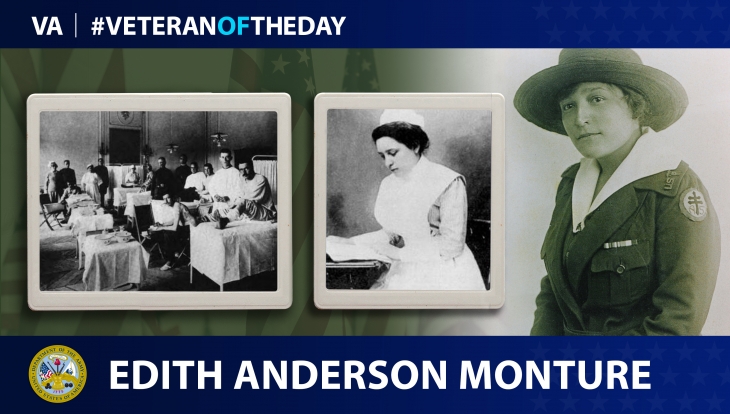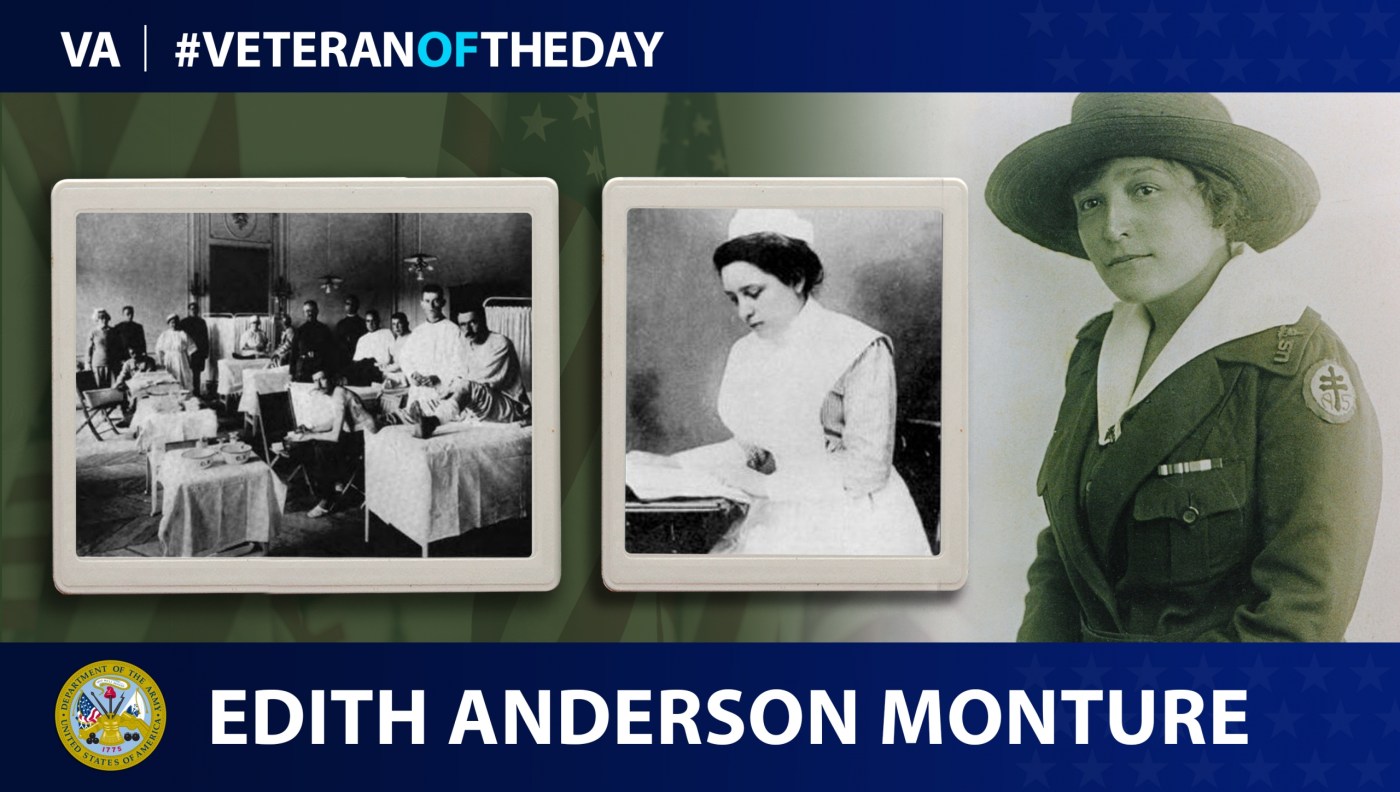
During Native American Heritage Month, today’s #VeteranOfTheDay is Army Veteran Charlotte Edith Anderson Monture, a Canadian Mohawk who served as a nurse during World War I.
Charlotte Edith Anderson Monture came from the Six Nations reserve in Ohsweken near Brantford, Ontario, in Canada. She was a member of the Mohawk tribe and the youngest of eight siblings. Monture was a bright student and did well during her high school studies at Brantford Collegiate Institute.
After she graduated, Monture tried applying to nursing schools in Ontario but was denied because she was a member of First Nations. Instead, she applied to the New Rochelle Nursing School in New York and graduated at the top of her class in 1914. She was the first registered nurse of Indigenous descent in Canadian history.
“It’s a tremendous source of pride because I know that for many years she was seen as a role model by a number of other nurses,” said John Moses, Monture’s grandson, in a 2019 article from the Canada Broadcasting Corporation website.
Following her graduation from nursing school, Monture stayed in the U.S. to work as an elementary school nurse. But when the U.S. entered World War I in 1917, Monture volunteered with the U.S. Army Nurse Corps. She and 14 other Canadian nurses trained for three months before they deployed overseas to Vittel, France, in February 1918. Stationed at Buffalo Base Hospital 23, Monture treated shot or gassed soldiers. Also, sometimes she provided assistance at other medical centers and traveled through the battlegrounds looking for wounded soldiers.
In June 1918, Monture wrote about treating an American named Earl King in her diary.
“He’d been shot in the neck,” she recalled in a 1983 interview featured on Veterans Affairs Canada’s page. “But he was getting along fine. Then one night I was on duty, and he began hemorrhaging quite badly…We finally managed to stop the bleeding and settled the boy down. The next night he was real good, but then he hemorrhaged again the next. The night after that he died. It was quite a shock to all of us because we were confident he was going to be all right.”
After the war ended, Monture returned to Ohsweken, Canada, and worked as a midwife and nurse on the Six Nations reserve. She married Claybran Monture and raised four children. In 1939 Monture was elected honorary president of the Ohsweken Red Cross. In addition, she worked as a nurse until her retirement in 1955. Her daughter, Helen, later became a nurse as well. Helen was one of the founding members of the Canadian Indigenous Nurses Association.
“[Edith] essentially was the permanent full-time medical presence on the reserve,” said Moses. “If you were born at Six Nations anytime between the 1920s up until the 1950s or 60s, there is a good chance that the first human hands to ever touch you were actually Edith’s.”
Monture passed away in April 1996 at the age of 105.
We honor her service.
Nominate a Veteran for #VeteranOfTheDay
Do you want to light up the face of a special Veteran? Have you been wondering how to tell your Veteran they are special to you? VA’s #VeteranOfTheDay social media feature is an opportunity to highlight your Veteran and his/her service.
It’s easy to nominate a Veteran. Visit our blog post about nominating to learn how to create the best submission.
Veterans History Project
This #VeteranOfTheDay profile was created with interviews submitted to the Veterans History Project. The project collects, preserves, and makes accessible the personal accounts of American war Veterans so that future generations may hear directly from Veterans and better understand the realities of war. Find out more at http://www.loc.gov/vets/.
Contributors
Writer: Sarah Concepcion
Editor: Annabelle Colton, Wilson S. Sainvil
Fact checker: Timothy Georgetti
Graphic artist: Kiki Kelley
Topics in this story
More Stories
This week’s Honoring Veterans Spotlight honors the service of Army Veteran David Bellavia, who received a Medal of Honor from the Iraq War’s deadliest operation, the Second Battle of Fallujah.
This week’s Honoring Veterans Spotlight honors the service of Army Veteran Scotty Hasting, who served in Afghanistan.
This week’s Honoring Veterans Spotlight honors the service of Army Veteran Roy Sheldon, who served in 97th General Hospital in Frankfurt, Germany.







No wonder she lived that long. No Veterans Administration doctors to give her 2nd rate care by 2nd rate, uncaring, govt protected doctors!